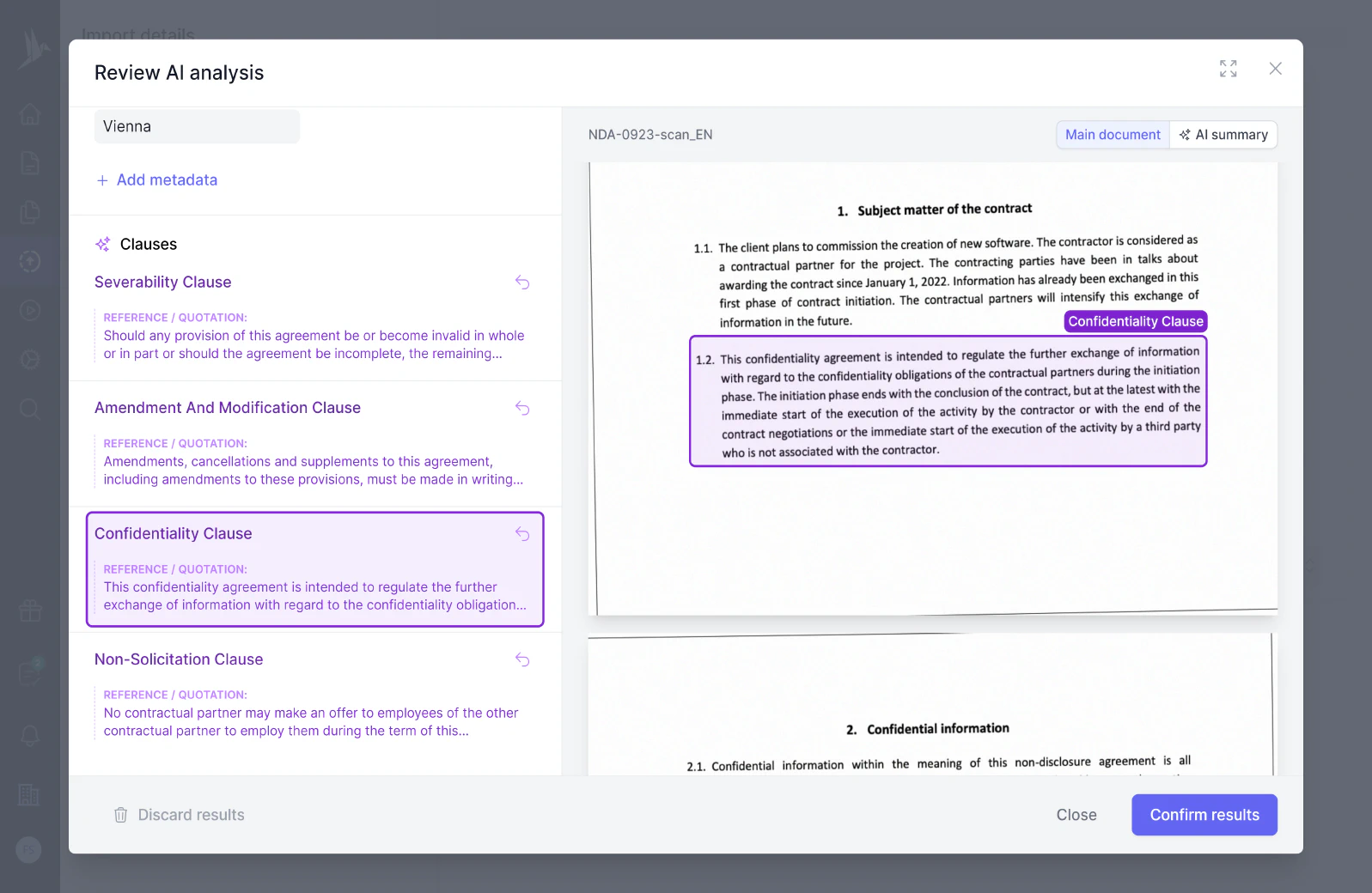
Trademark License Agreement Template
Grant or obtain trademark usage rights with clear quality, financial, and legal safeguards.
The "Entire Contract" clause stipulates that the contract represents the complete and final agreement between the parties involved, superseding any prior agreements or understandings. It clarifies that any amendments to the contract must be agreed upon in writing and signed by all parties to be valid.
ENTIRE CONTRACT In the ENTIRE CONTRACT section, the first phrase and numbered list are amended to read: The Entire Contract consists of: 1) This contract including any attached riders, amendments, or endorsements; 2) The Application attached to this contract; and 3) The Articles of Incorporation and Bylaws of the Society and all amendments to them. Benefits will not be reduced or eliminated by any future amendments to our Articles of Incorporation or Bylaws.
5. Agreement is Entire Contract. This Amendment constitutes the entire contract between the parties hereto with regard to the subject matter hereof. Purchaser acknowledges that this Amendment supersedes all previous understandings, written or oral, with respect to the subject matter hereof.
Entire Contract: This Contract, including the certificates issued hereunder and the Application and any amendments constitute the entire Contract.
An “Entire Contract” clause is a provision found in many legal agreements, stating that the contract in its entirety represents the complete and final understanding of the parties involved regarding the subject matter of the agreement. It typically implies that all prior negotiations, representations, and agreements, whether oral or written, are superseded by the terms of the contract.
The primary purpose of an Entire Contract clause is to provide clarity and prevent disputes over what constitutes the agreement between the parties. It ensures that only the written contract terms are considered legally binding, and anything not included explicitly in the document is excluded.
An Entire Contract clause should be used when:
An Entire Contract clause is usually concise and straightforward. Here is how you might write it:
Entire Contract Clause Example:
“This Agreement constitutes the entire agreement between the parties with respect to the matters herein and supersedes all prior agreements, understandings, negotiations, and discussions, whether oral or written. No supplement, modification, or waiver of this Agreement shall be binding unless executed in writing by both parties.”
When drafting an Entire Contract clause, ensure that it is clear and unequivocally states the intent to embody all terms within the contract. Be specific that no outside terms apply unless made explicitly in writing and signed by all parties involved.
Entire Contract clauses are commonly found in various types of contracts, including but not limited to:
Using an Entire Contract clause in these agreements helps prevent confusion and ensures consistency in understanding and performance of the contract terms.
These templates contain the clause you just read about.

Grant or obtain trademark usage rights with clear quality, financial, and legal safeguards.
Dive deeper into the world of clauses and learn more about these other clauses that are used in real contracts.
The enurement clause specifies that the rights and obligations outlined in a contract are binding upon and benefit the parties involved and their respective successors, heirs, and assigns. This ensures that the terms of the contract continue to apply even if the parties transfer their interests or obligations to another entity.
Environmental indemnification is a contractual clause in which one party agrees to compensate or shield another party from liabilities related to environmental damages or breaches of environmental laws and regulations. This clause typically seeks to allocate the financial burden of cleanup, legal fees, and penalties associated with environmental issues that may arise during or after a transaction or project.
Equity compensation refers to non-cash benefits that give employees ownership in the company, often in the form of stock options, restricted stock units, or employee stock purchase plans. This form of compensation is intended to align the interests of employees with those of shareholders, incentivizing employees to contribute to the company’s success.
Try our AI contract analysis and extract important clauses and information from existing contracts.
< <
Fill out the form and we will get in touch with you to give you a personal, customized demo of fynk.
Greetings!
I'm Markus, co-founder of fynk. After you've submitted the form, I'll swiftly get in touch with you.
Also, right after you submit your details, you can pick a time that works best for you for our meeting.

